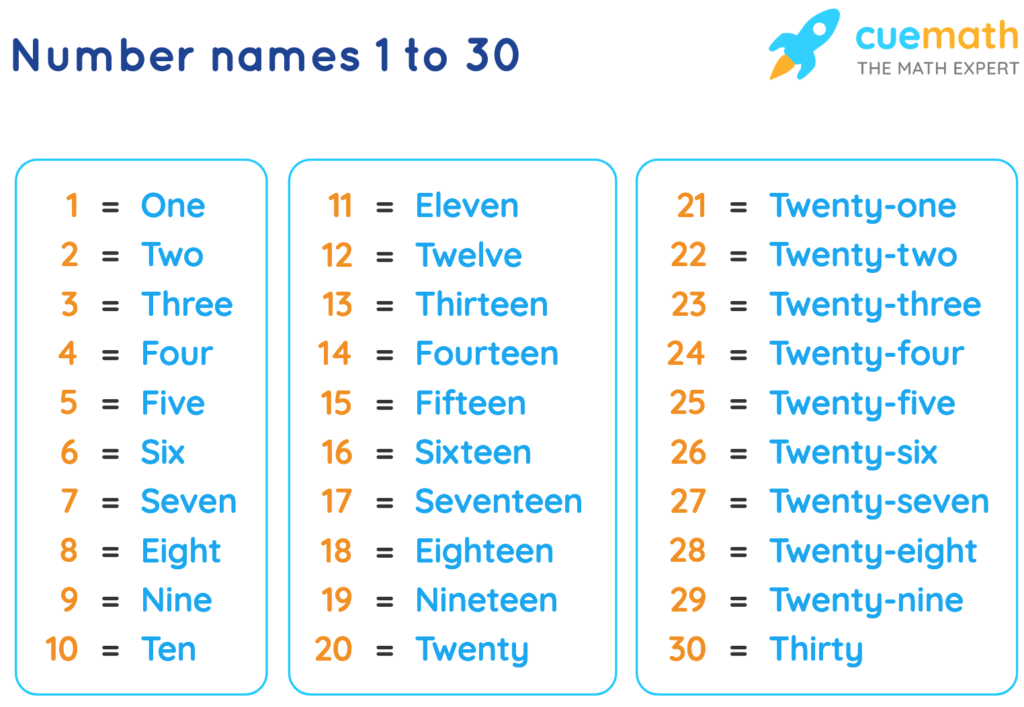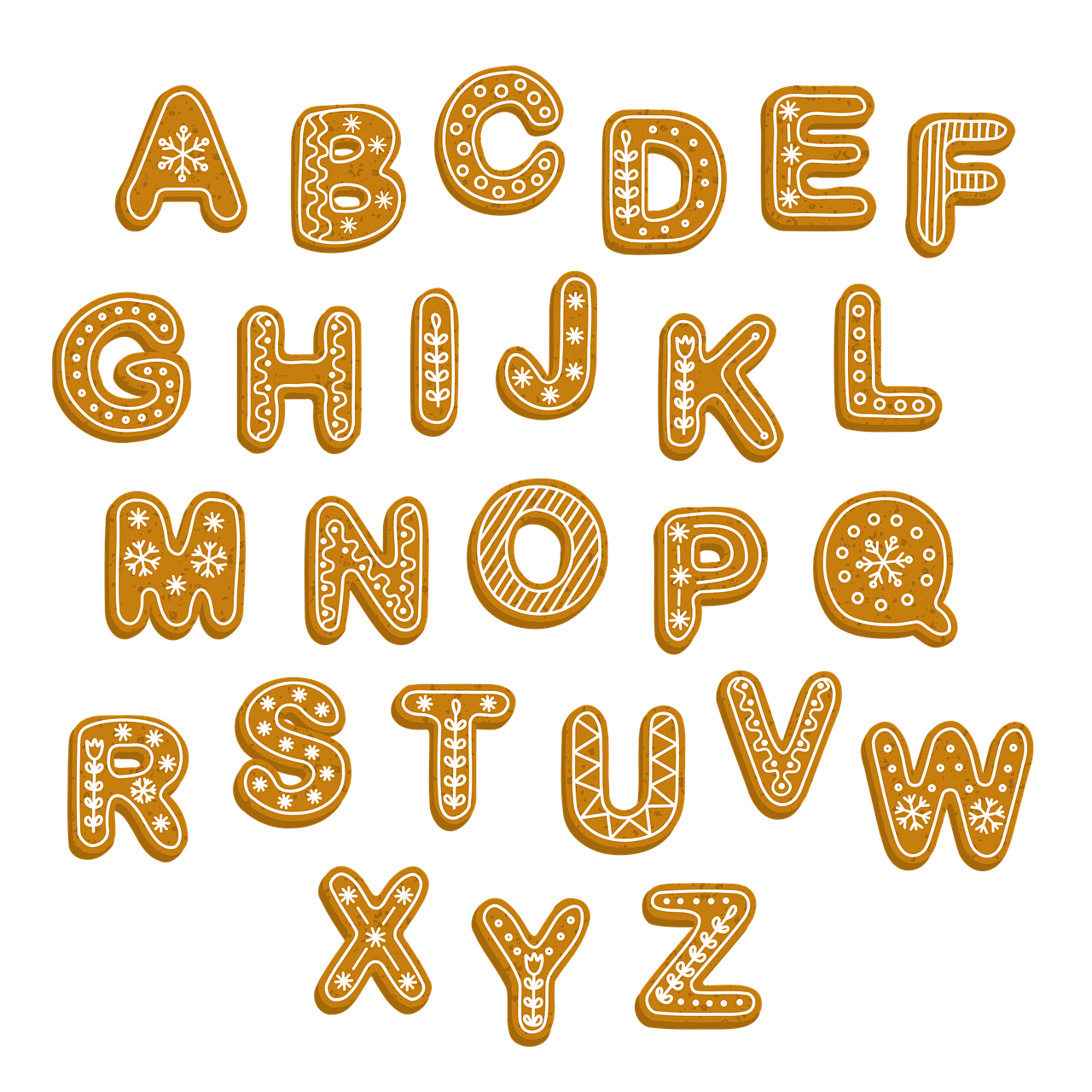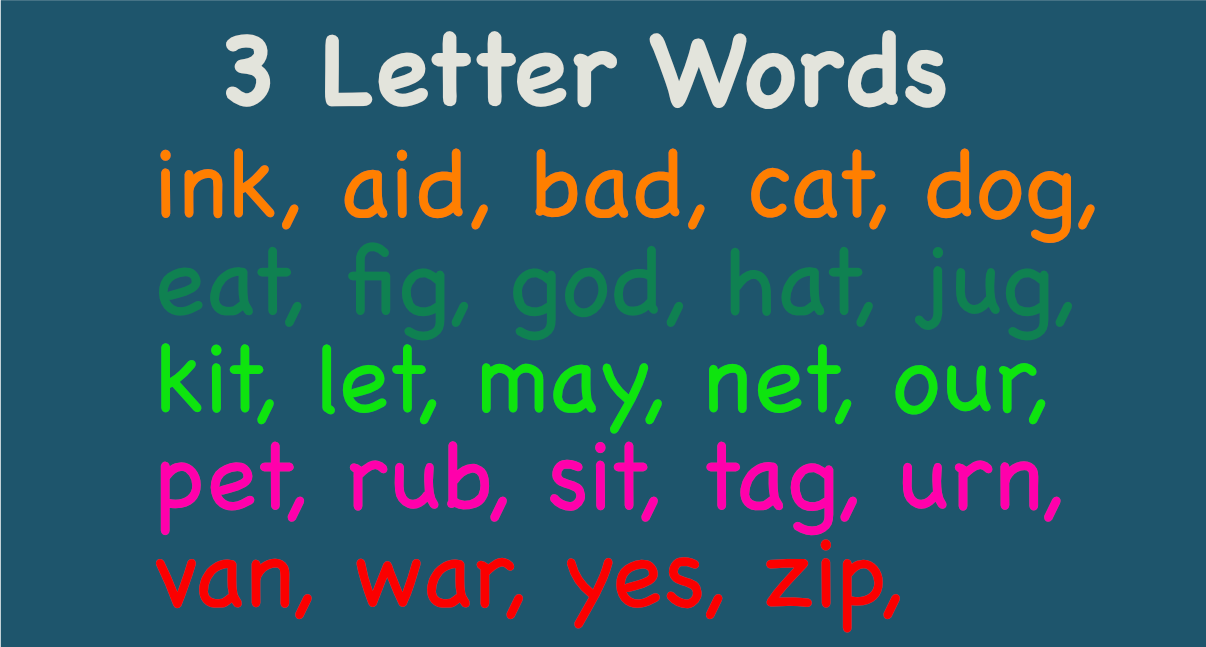
There are several ways to teach numbers to toddlers. Counting out loud everyday is one way. Using number books and dot markers is another.
Another great way to teach your toddler about numbers is to introduce the idea of color patterns. By presenting these patterns to your child, you can teach them to recognize and count the colors.
Contents
- 1 Counting Out Loud Daily
- 2 Toddlers Learning Style
- 3 Using Number Books
- 4 Using Counting Books
- 5 Using Do-A-Dot Markers
- 6 Using Abucus
- 7 The Abucus Gets More Exciting with Time
- 8 Start Early
- 9 Start with a Fun Activity
- 10 Create a Visual Schedule
- 11 Play Games
- 12 Give Them Rewards
- 13 Play With Toys That Count
- 14 Count Daily
- 15 Use Number Books
- 16 Let Them Choose Their Own Activities
Counting Out Loud Daily
Learning numbers is a skill children need to develop in the early years. The best way to teach toddlers about numbers is to include them in the daily routine and make the process fun.
Children pick up on numbers much more easily than they do letters, which is because they see numbers everywhere. But understanding the meaning of numbers takes more time than recognition.
Toddlers Learning Style
Toddlers learn to recognize and count by hearing the numbers out loud. By age two, most toddlers can count to 10 by heart.
But, it is important to note that they are repeating the numbers merely out of memory and are not yet understanding the concepts behind them. This method is known as rote counting, and is most effective if the child hears the numbers out loud.
Counting objects is another excellent way to start teaching numbers. You can play a game where the child counts the number of pebbles in the park or the number of shoes they are wearing. The key is to use different voices and tone of voice to describe concepts.
Using Number Books
Number books are an effective way to introduce young children to math and number concepts. Some books are more interactive than others. For example, Jane Foster’s 123 introduces numbers with familiar images.
Children are encouraged to guess what lies underneath each number. The book features numbers from one to ten, as well as lines, curves, and holes. The book is suitable for toddlers up to age two.
Toddlers learn best through hands-on learning. It’s not enough to simply count out loud. Toddlers need to see and feel numbers to understand them. Using number books or manipulative toys is a great way to get started. But be careful! Don’t overdo it or they’ll become bored.
Using Counting Books
Counting books are great for helping toddlers learn numbers by using simple pictures. They help children develop their numeracy skills up to 100, while allowing them to practice counting by rote and in a rhythmic pattern.
Some counting books also help toddlers develop other age-appropriate concepts, such as number recognition and one-to-one correspondence.
Using Do-A-Dot Markers
Dot markers are a great way to introduce numbers to toddlers. They’re a simple, arts-and-crafts tool that have a sponge tip, which absorbs the ink. To use them, simply unscrew the lid and press the marker tip onto a sheet of paper.
Children will have a blast creating their own art and strengthening their fine motor skills. Using dot markers also helps toddlers practice their hand-eye coordination.
With a Do-A-Dot Marker Activity Book, your child will learn the alphabet, numbers, and shapes by making dots on the page. These books come with perforated pages and 6 shapes to help your toddler practice tracing, pre-writing, and eye-hand coordination. Each booklet measures approximately 8 1/2″ x 11″.
Dot markers are a safe, fun way to introduce numbers and letters to toddlers. They can be used as early as 18 months of age. Just be sure to buy non-toxic dot markers for your toddler’s safety. These markers are also great for art projects, printables, and hand-eye coordination.
Using Abucus
Using an abacus to teach your toddler about numbers is a wonderful way to encourage early mathematics learning. This activity is great for introducing the concept of odd and even numbers.
Children can start learning about abacus as early as 3 years old. As they get older, they can use it to practice counting and learn about the meaning of the numbers on the abacus.
To start, get an abacus that has five alternating beads. This way, your child will learn the concepts of counting while having fun with the toy. An abacus is also a great way to teach pattern recognition. Children can use the abacus to help them learn skip counting, multiplication, and division.
The Abucus Gets More Exciting with Time
Once a child has mastered the technique, the abacus will be more exciting. You can choose a single-coloured abacus or a two-coloured abacus. Your child’s interest level will be directly correlated with his or her level of math skills, so it is always best to start early and work on concepts such as addition, subtraction, and multiplication.
Learning numbers is one of the most important skills children must master. But what if they don’t like learning them? Here’s how to help them love math!
Start Early
The critical part in teaching kids to learn numbers is to start early. Toddlers need to understand that numbers represent quantities, so they should see them used in everyday life. For example, when counting money at the grocery store, parents can use numbers to show how much each item costs.
Start with a Fun Activity
If toddlers aren’t interested in learning numbers, try starting with an activity that will make them excited about learning. For example, play games where players count out loud as they add up the number of objects. Or let them count out loud while playing a board game.
Create a Visual Schedule
A visual schedule helps kids learn numbers by making them more concrete. For instance, instead of saying “one,” say “this” and point to a picture of a 1. Instead of saying “two,” say “that” and point to a 2. This makes it easier for young learners to understand concepts like addition and subtraction.
Play Games
Kids who play games with their parents tend to do better in school than those who don’t. Playing board games, card games, and computer games with your child will also help him develop his problem solving skills and teach him to think creatively.
Give Them Rewards
If your toddler isn’t interested in playing games, try giving him rewards for doing so. You can give him stickers, toys, or other small prizes. This will encourage him to keep trying new things.
Play With Toys That Count
Children learn best while they are playing, which is a truth! Due to their ability to manipulate an object, hands-on learning is by far the best method for children to learn their numbers.
However, you can’t simply count aloud to your toddler and expect them to understand the concept of numbers. They can see, feel, and learn the meaning of each number by playing with toys.
Here are a few of the BEST educational toys I’ve found to aid you in training your toddler!
The majority of these toys don’t really say the numbers aloud, therefore it’s essential that you play with them with them for them to learn!
Count Daily
Daily counting is essential since it requires a different set of skills than simply learning how to identify numbers by sight.
Two-year-olds will first learn to recognize the numbers before progressively learning what each one represents.
Toddlers can understand the meaning of a number when they can count how many objects are provided to them. For instance, if you feed your child 4 cheerios, they will be able to count to 4, recognize the number 4, and know what it represents.
The best part of this method is that you may use anything you find lying around the home to count!
Does your kid enjoy automobiles? Create a racetrack and tally the number of vehicles on it.
They enjoy coloring, right? Take out their preferred coloring book and tally the number of crayons or markers they are utilizing.
Does your two-year-old enjoy dressing up? Count how many of each item is available after sorting the clothing and accessories into piles.
Use Number Books
There are so many wonderful books available to help toddlers learn their numbers. We own a couple books that focus exclusively on numbers 1 through 10, which I’ve mentioned here. These novels all appeal to kids in different ways.
These interactive books will keep your kid entertained even if they don’t enjoy reading aloud.
Point out each number to your child as you read, count with them, and discuss the illustrations. Make sure to test your toddler’s comprehension by asking questions (I’ll give you some ideas of how to do this in the section after this).
Let Them Choose Their Own Activities
It’s also important to let toddlers choose their own activities. They’re more likely to enjoy something if they’ve chosen it themselves. So, when they ask for a toy, make sure they pick out the one they want.



